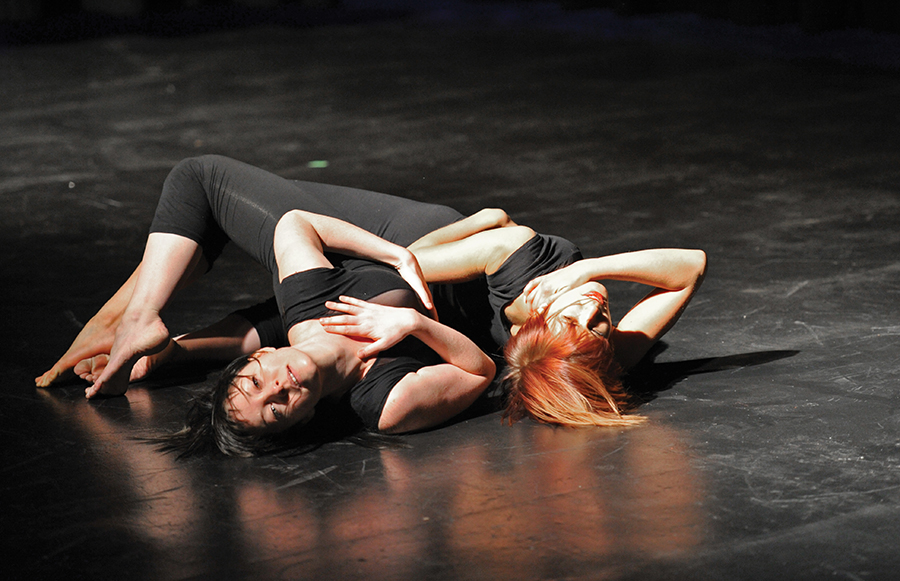For many artists, finding suitable spaces in which to create and perfect their works are cumbersome tasks. Costs, location and availability all factor in for those working with meagre budgets (funding they’d rather spend on artists’ fees, technical personnel or design elements that would enhance their performances, to be fair).
While Edmonton’s developers have been working on more artist-friendly spaces – as seen in places like ArtsHab, Artspace Cooperative, Startup Edmonton and plans for the Artists Urban Village in the Quarters – when it comes to dance creation, space requirements are more complex. Professional dancers can’t create their work in a cramped studio, nor in one without functional elements like a sprung floor and smooth surfaces to ease movement and prevent injury.
“Venue and space rental is 35 to 40 per cent of our budget,” notes Ainsley Hillyard of the Good Women Dance Collective, which often rents one of the five studios at Dance Alberta for its contemporary dance practice. “We don’t need sets or instruments; we need space to do our work. That’s why we will rent rehearsal space and not pay ourselves; we would rather salvage our bodies and starve to death than dance on a concrete floor.” She adds that any money they might save from renting a more affordable, less suitable space would still involve “going home and buying herbal remedies for our arthritis” after their full-time rehearsal days.
While contemporary dancers can make do with smooth surfaces and sprung floors for shock absorption, ballet dancers in pointe shoes require a specialized vinyl covering called a Marley floor (named such for the Marley company that produced the floors until the late ’70s). The Marley is a thick vinyl sheet rolled over a sprung surface; the vinyl itself softens the floor and its protective coating provides grip and resistance for dance slippers. When combined, both elements provide not only safety, but also lend to dancers’ longevity as performers.
